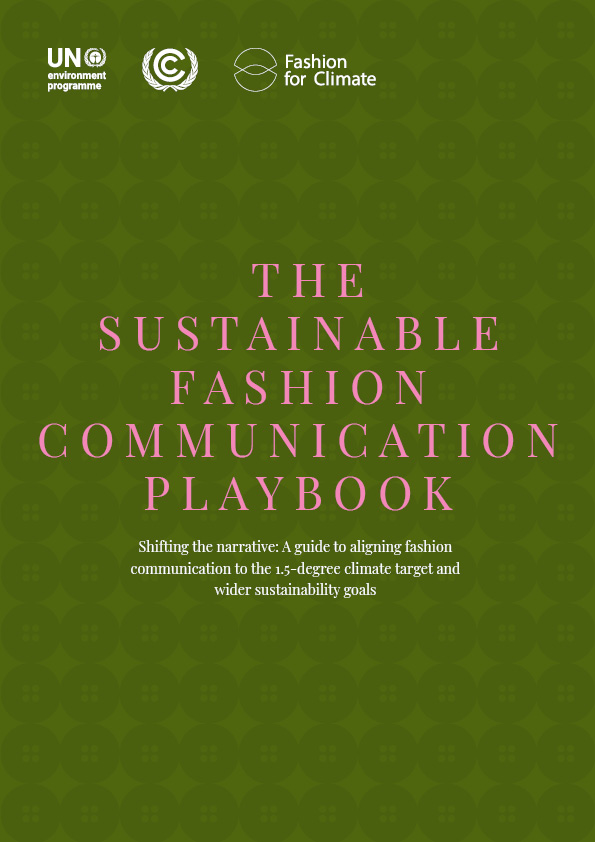Will Fashion Dye Another Day?
In this report we discuss our methodology for linking the factory location water risk embedded in the wet processing companies to the investors standing behind them. We also highlight the
fact that the wet processing companies may struggle to fund a transition to a more sustainable approach (in contrast to the fashion brands which are financially stronger). We question whether water risk is fully priced in by investors in wet processing companies. Our methodology can be used by investors to make their own assessment of water-related risks in their portfolios using freely available databases.
fact that the wet processing companies may struggle to fund a transition to a more sustainable approach (in contrast to the fashion brands which are financially stronger). We question whether water risk is fully priced in by investors in wet processing companies. Our methodology can be used by investors to make their own assessment of water-related risks in their portfolios using freely available databases.
This report focuses on the financial risks arising from the extensive use and misuse of water in the wet processing stage of clothing production, with much of the global production effort situated in areas where water stress and the associated risk is already high.
The fashion industry is gaining notoriety for the disproportionate harm it does to the environment. However, fashion brands and investors can exercise their significant influence to ensure that the industry transitions to more sustainable practices.
Water (a natural capital asset) is fundamental to the production of textiles and is increasingly becoming stressed as a result of climate change, inefficient use and untreated disposal. ‘Wet
processing’ companies are impairing this natural capital resource (through dyeing, heating bleaching and use of toxic chemicals). Fashion brands motivate supplier behaviours through their buying practices, but opaque and complex supply chains make it hard to link the fashion brands driving the production process to the wet processing companies causing the harm.

